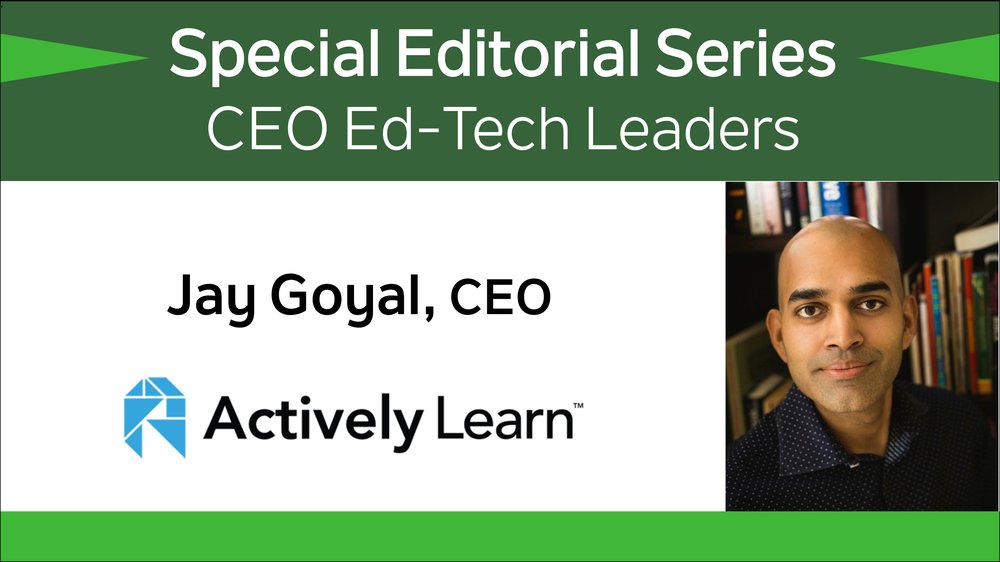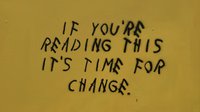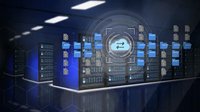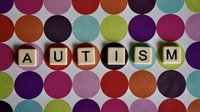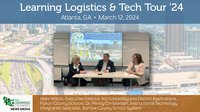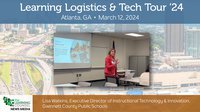Jay Goyal, the CEO and Co-Founder of Actively Learn, began his journey to EdTech after graduating from Duke University with a B.S. in Economics. He worked in business development before being selected, at the age of 22, as part of the team that led to the development of federalization of airport security after 9/11.
Formerly housed in the Department of Transportation, Goyal and a small team of consultants formulated the overall model for airport security for the entire country – Transportation Security Administration (TSA). The team oversaw the process for designing uniforms, hiring government employees, and the flow pattern for checkpoints at all the different sized airports.
He presented visuals relating to the manpower needed for TSA. “When the head of TSA testified to the Senate on the anniversary of 9/11, I presented slides about right-sizing the workforce. It was a pretty cool experience,” said Goyal.
After the TSA, he worked out of the country, studying Microfinance and traveling to South Asia, and then worked at Honduras for about a year before returning to business school at Harvard. He then arrived at Microsoft where he met up with his childhood friend Deep Sran, and together they founded Actively Learn.
Goyal acknowledges his AP English teacher for encouraging him to understand firsthand how deep reading can change a student’s outlook in general. The process of thoughtful and deliberate reading enhanced his comprehension and enjoyment of study. He wanted to create that for students with the added benefit of helping teachers educate core subjects. “I was chatting with co-founder Deep Sran about education innovation, specifically educational technology, and we started to brainstorm ideas of how to advance different aspects of the student learning experience,” explains Goyal.
Sran’s experience as a teacher, curriculum designer and school founder influenced Goyal’s outlook on education. A lightbulb went off in their heads, “We figured out how to use technology to help teachers provide a deeper reading experience to all students. We both thought of tech as a complement to teaching rather than a supplement, and our research and own experiences taught us that it’s the teachers, not technology, who create these deeper learning environments,” said Goyal.
With their combined backgrounds in business development and education, they founded Actively Learn in 2012 to give teachers the tools and models they needed to add more insight and depth to their classroom.
Goyal understands the human fascination with developing new technologies. Taking on educational technology seemed a natural fit. “For the last twenty or so years, education has been experiencing its own tech boom,” said Goyal. “Right now, countless people and companies are creating technology-supported products and series, but the question remains if all of them are solutions. I often wondered if EdTech is truly making teachers’ jobs easier, students’ learning deeper and schools’ abilities to track success more streamlined.”
In October 2018, Achieve3000 acquired Actively Learn. The move aligned two compatible instructional approaches to help students build reading stamina and strength, using an online platform with curricular instruction.
Since the company’s move, Sran shifted over to Achieve3000, becoming the SVP of Learning. Goyal stayed with Actively Learn as CEO, overseeing the program, and supervising 25 employees. “With any project, I want to understand everything there is to know about the end-user, the audience at the receiving end of a service,” explains Goyal. “This was the case at Microsoft, where it was critical to know for whom we wanted to improve the Bing experience. The end-users are teachers and students at Actively Learn, which packs more social responsibility into the research and development processes.”
Testimonies from teachers indicate the value of helping teachers educate core subjects:
Jordan Soyka, a middle school teacher at St. Martin's Episcopal School in New Orleans, LA says, “I love the meta-data: I can see how long it took a student to read, how many words they looked up, what areas confused them, etc. I get a much fuller picture of each student's comprehension.”
Cristy Friedrich, a teacher at Estrella Foothills High School in Goodyear, AZ reports, “The kids can read the text, answer questions, look up unknown words, annotate, collaborate with each other, and the best part, is that once they answer a question, they do not have to worry about uploading it because it automatically goes to me for grading! The kids have developed stronger reading comprehension skills, and just like the title says, it has helped them be "active" learners.”
Sara Layton, a high school teacher at Mountain Heights Academy, Santa Clara, UT says, “For my tiered students and others struggling, I have assigned extra helps in the questions such as hints, writing templates to help them organize responses, and this has led to measurable results. I have found that student comprehension has increased, which has led to better performances on formative and summative assessments later in the course.”
As Actively Learn moves forward in helping teachers guide student comprehension and more extensive learning, Goyal examines the future of EdTech as creating more efficiency in education. “I don't have a good crystal ball here. A lot of educational technology over the past six to eight years was replacing work that was inefficient and tedious. For example, I go to the copy machine to create a bunch of worksheets, and I have students fill out a Scantron. Why not get that work done on a computer? One-click, everybody can do it - automatically. It's been somewhat slow, but we are now moving to the next phase where the technology allows for better pedagogy and more meaningful student interactions. And I'm excited for that change to take more of a foothold.”
About the Author
Kenna McHugh is one of the Learning Counsel staff writers. Her writing credits include Breaking into Film, Orchid Care Booklet, and contributions to screenwriting and film production books. She writes curriculum for K-12 school programs and education technology, and is an experienced tutor, helping children learn how to learn and creating positive effects in their lives.

